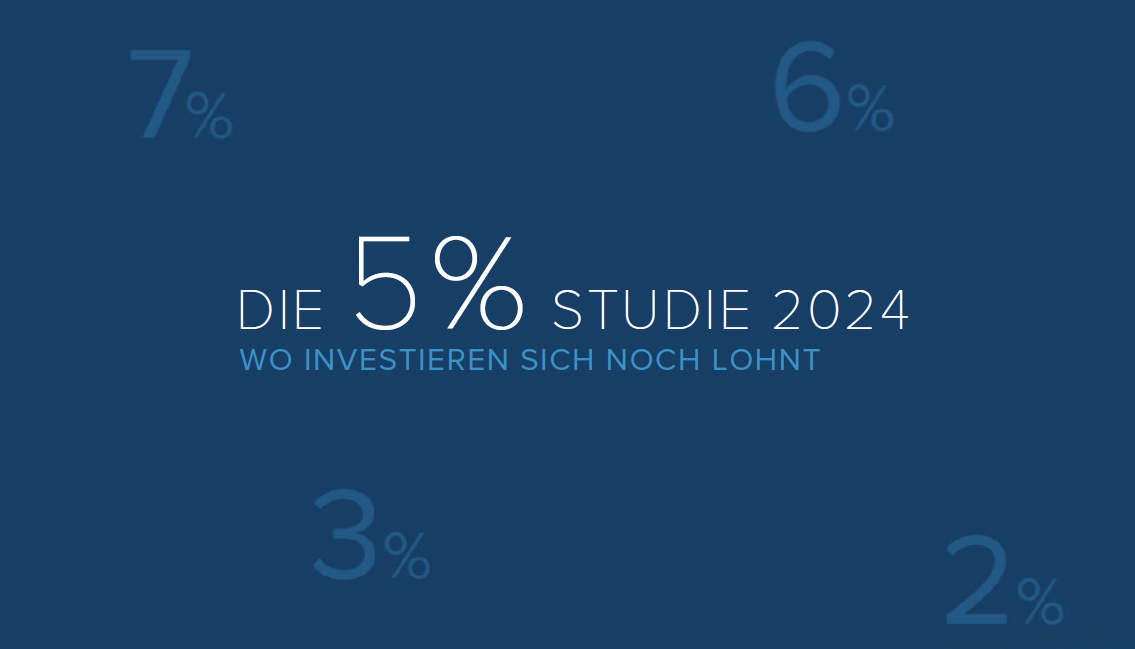When Karstadt and Kaufhof close ...
An adjustment of the department stores' philosophy from "everything under one roof" to "selected products under one roof" was omitted. Only a few department stores mastered this repositioning. In Germany, Breuninger impressively shows how the department stores' can still prove itself as a place of surprises in the 21st century. Concentration on selected product groups and positioning in the high-priced segment, including luxury brands, ensure the often-cited shopping experience. However, this also means that this new generation of department stores can only be found in the top cities in prime retail locations in the "first house on the square".
Therefore, the department stores' time of suffering is not over yet. Apart from the loss of jobs, the closure and disappearance of department stores hurts all the more because of the role they have cultivated over decades. But it also makes it clear that the city centres must reorganise themselves in terms of urban planning and function and develop new points of contact and reference.
Demolition or conversion?
There are already good examples of this. For already in the past, during the creeping decline of department stores, many department stores could no longer be used exclusively for retail. The question of demolition or conversion arises more and more often; a mixture of properties with a wide variety of uses is becoming the order of the day. Even if retail is still one of the dominant uses of these department stores' properties, which are often located in integrated inner city districts, other typical inner city uses such as office, hotel and gastronomy are increasingly taking up significant proportions of space.
The current discussion about the future of city centres also opens up numerous opportunities for department stores' properties. While housing, for example in the form of micro-apartments, senior living or family living, was hardly an option for use in the past, it is currently being intensively examined, also by the administration and politicians. In the future, department stores' properties can represent an exciting microcosm of a mixed inner city and thus contribute to breaking up monofunctional inner cities. As the opportunities arising from the conversion of department stores' properties become more and more apparent and their valuable contribution to the rest of the inner city retail trade becomes recognisable, the understandable fears associated with the loss of the department stores' will diminish.
Case study
A multi-storey city centre property was built as a department store in the early 1970s and has since been operated by Kaufhof or, since the merger of Karstadt and Kaufhof in 2018, as Galeria Karstadt Kaufhof. The closure was announced about a year ago.
Due to the fundamental change in the retail sector - including a shift in sales to online stores, an overcrowding of retail space, the demise of specialist stores and the reluctance of chain stores to expand - it is unlikely that the property will be re-let as a retail property at adequate rents, but rather that a mixed-use property development will be initiated. Against this background, the property owner, together with the local municipality, is examining a demolition with subsequent new development. To support and flank further planning considerations, bulwiengesa has been commissioned to conduct a fundamental review of possible uses together with an architectural firm. For this purpose, all real estate uses will be examined and condensed into a viable, attractive use concept. The results will lead, among other things, to a profitability calculation for the entire project. In addition to residential uses, hotel, office, leisure and retail uses are included in the analysis.
Contact: Dr. Joseph Frechen, Head of Division Retail and Branch Manager at bulwiengesa, frechen@bulwiengesa.de
You might also be interested in
For our magazine, we have summarized relevant topics, often based on our studies, analyses and projects, and prepared them in a reader-friendly way. This guarantees a quick overview of the latest news from the real estate industry.
Little movement on the German real estate market
For the eleventh time, bulwiengesa presents its comprehensive analysis of the German real estate markets. The results of this year's 5% study, conducted in collaboration with ADVANT Beiten, show that the German real estate market is characterized by widespread stagnation. At the same time, niche segments are becoming increasingly attractive. The market is increasingly rewarding professional asset management and specialist knowledge—a trend that separates the wheat from the chaffRetailers need to rethink - but in which direction?
The Hahn Group's new ‘Retail Real Estate Report’ has been published - a classic for anyone involved in retail property. We have been working on it since 2018 and have once again presented the most important retail sectors, economic developments and forecasts as well as trendsFive per cent returns no longer illusory even for core properties
The ‘5% study - where investing is still worthwhile’ celebrates its tenth anniversary. Since the first edition was published, the German property market has tarnished its reputation as a safe investment haven. Higher yields are now within sight, even for prime properties, and even residential property is increasingly becoming a profitable asset class again. The market is more exciting than it has been for a long timeInteresting publications
Here you will find studies and analyses, some of which we have prepared on behalf of customers or on our own initiative based on our data and market expertise. You can download and read many of them free of charge here.







